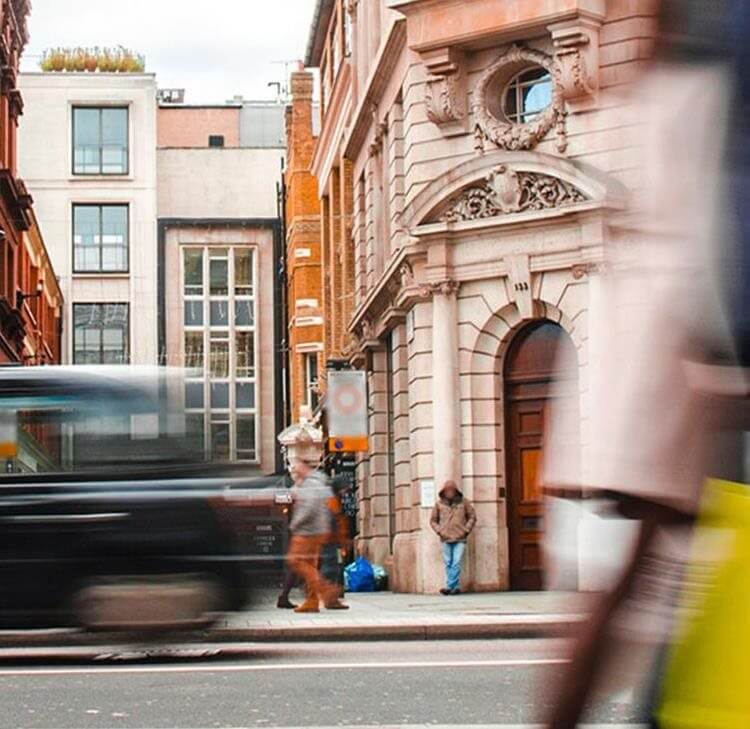Logos do not need to confuse to infringe a competitor’s trade marks
The judge noted that both Lidl’s trade marks and the Tesco Clubcard Price signs (CCP) are similar, as both are made up of a yellow circle set within a blue square and both have writing in the centre of the blue circle. The main difference was the word(s) used on Tesco signs and the graphically stylised “LIDL” included in the Lidl marks, but this did not negate the similarities or prevent infringement.
Lidl’s claims relied primarily on Tesco’s unfair advantage taking under section 10(3) of the Trade Marks Act 1994 (TMA 1994). The TMA 1994 was designed to implement EU trade mark legislation. The leading case on infringement by unfair advantage taking (which resulted in guidance from the CJEU) is L’Oreal v Bellure, which demonstrated the potential scope of this form of infringement. For example, it does not require there to be any likelihood of confusion between the asserted trade mark and the defendant’s sign for infringement to be established.
Lidl presented a collection of comments from the public including from Tesco’s customer communication database. These were an important evidential strand in this case as they showed that a significant number of shoppers encountering the CCP signs in real life were, unprompted, making a connection to Lidl and/or had assumed that Tesco was price matching against Lidl.
As a result of this linking and in a similar way as House of Fraser was found to infringe in the Jack Wills case, Tesco were found to have taken unfair advantage of Lidl’s marks due to the objective effect of their use of the Clubcard Price signs (the “insidious image transfer” to Tesco of Lidl’s mark’s connotations of quality goods at low prices). This was despite the Judge's rejection of any “intentional evocation of the Lidl Marks by Tesco”.
Even simple logos can be protected by copyright
Copyright is a right which arises automatically on the creation of original artistic and literary works and other specified types of work. In this case, the judge rejected Tesco’s argument that Lidl’s logo was too simple and didn’t involve sufficient skill and labour to be an original work and attract copyright protection.
Lidl were unable to identify who the author of their relevant logo was. However, the Judge accepted the work qualified for protection by copyright which Lidl owned due to sections 104 (4) and (5) of the Copyright Designs and Patents Act 1988. These sections mean that in the absence of contrary evidence where a work bears a name purporting to be that of the publisher (here Lidl), that person/legal entity is presumed to be the owner of any copyright in the work and the work is deemed to qualify for copyright protection on the basis of the country where the claimant asserts it was first published (here Germany).
The situation where the details of a logo’s creation are lost in the mists of time is very common and Lidl would have saved itself a lot of risk and trouble had it kept records of which of its employees created the logo and where it was first published. This is a good practice all businesses should adopt if possible.
Additionally, although not an issue in this dispute, where a business hires an external designer agency to create or contribute to a new logo or logo update, it should obtain an assignment of the copyright and other rights in the logo. In this situation the design agency or its contractor will be the owner of the copyright in the logo until it is contractually assigned to the commissioning business. Businesses that commission design agencies should also consider carefully whether the terms under which any work is being undertaken include a sufficient indemnity from the agency against liability for infringement of third party rights which result from the business use of the new work.
In this case, it eventually became clear that Tesco had used a design agency to help create its Clubcard Price signs and the agency and Tesco both had access to Lidl’s logo. Tesco had instructed its design agency to look at how to convey value with reference to competitor branding. In view of this access, the Judge also concluded that Tesco’s signs were sufficiently similar “that they are more likely to be the result of copying than mere coincidence”. This meant an inference of copying arose, which Tesco needed to answer. However, Tesco’s in-house evidence on the creation of its Clubcard Prices sign was, in the Judge’s view, “inaccurate evidence which appears to have been designed only to obscure [Tesco’s external design agency’s] involvement”. Tesco did not call anyone from their design agency to give evidence of independent design and the Judge drew an adverse inference from this, which ultimately led to her finding that Lidl’s logo was copied by Tesco’s design agency “as part of their exploratory work commission by Tesco and thereafter adopted by Tesco”
This emphasises the need to ensure that new or updated logos are not copied in whole or in part from any existing works and also that clear evidence of the independent design process are kept (eg records of who did what and dated first drafts and rough sketches) so as to be able to defend against a possible copyright infringement claim in the future.










































